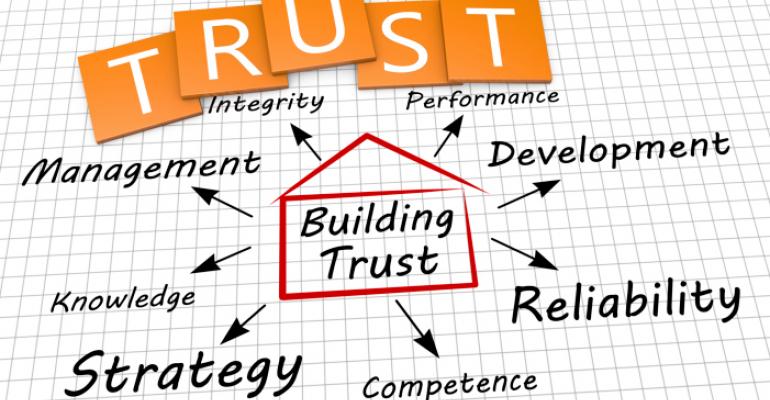As much as I am passionate about strategic meetings management, I am equally passionate about forming long-lasting partnerships with key suppliers. For planners, this requires a mindset shift toward more trust and inclusiveness. For suppliers, it means repositioning yourself as a trusted advisor. Below are six reliable tips for making these relationships more successful for everyone.
1. Share Information!
Planners: From the very beginning of your quest to design an effective SMMP, include your key suppliers in the conversation. It’s likely they have other clients who have gone through this process and can provide insights into what other companies are doing to be successful with SMM.
Suppliers: Share SMM best practices and pitfalls you’ve seen (non-proprietary information, of course). Also, be sure to provide insight into who at the organization is signing contracts and planning meetings that the client might not know about.
2. Develop Service Level Agreements
Planners and suppliers: The operative word in Service Level Agreement is Agreement, and both the client and supplier need to be actively involved in its development. Once in place, an SLA is an objective way for both parties to measure quality and, having worked out a shared understanding of needs and priorities, it can serve as an effective conflict prevention tool. However, don’t put it on a shelf. An SLA needs to be reviewed regularly and updated as business needs change.
3. Conduct Periodic Business Reviews:
Planners: You can manage many of your principal suppliers with two reviews per year, and for less critical suppliers, an annual business review can be sufficient. Face-to-face reviews are best, but sometime a conference call or virtual meetings can be more practical and quite effective.
Suppliers: If you have key clients who do not ask for periodic reviews, suggest that they start. Right now is the perfect time to schedule an end of year review or a 2015 kick-off meeting!
4. Consider Total Account Management
Planners: A recent SMM trend is to leverage group meeting and business travel (transient) spend together. This requires the travel manager and meeting manager to collaborate and share hotel data on both areas of spend.
Hoteliers: If you don’t have one person who manages both group and transient business, be sure that you and your counterpart are sharing data so that you have a view of the enterprise-wide spend for your client.
5. Develop Truly Preferred Supplier Programs
Planners: If you develop a preferred supplier program, be sure that it is really exclusive. I often find that planners have a “preferred” hotel program that includes as many as 10 major hotel chains. This does not appear to be “preferred” from the supplier perspective. A preferred hotel program could include as few as two or three hotel chains.
Suppliers: Be sure to explicitly explain the tangible and intangible benefits of becoming a higher-rated national account, such as getting better concessions and rates, and having your meeting viewed in a more positive light by the individual hotels in this difficult sellers’ market.
6. Communicate, Communicate, Communicate!
Planners and suppliers: Even though you may have communicated a new process or procedure at the beginning of the year, don’t assume that everyone remembers the details six months later. Send brief and helpful e-mail reminders or schedule an update call to be sure that everyone still has an accurate understanding of the process.
Note: This article was originally published October 2014.






